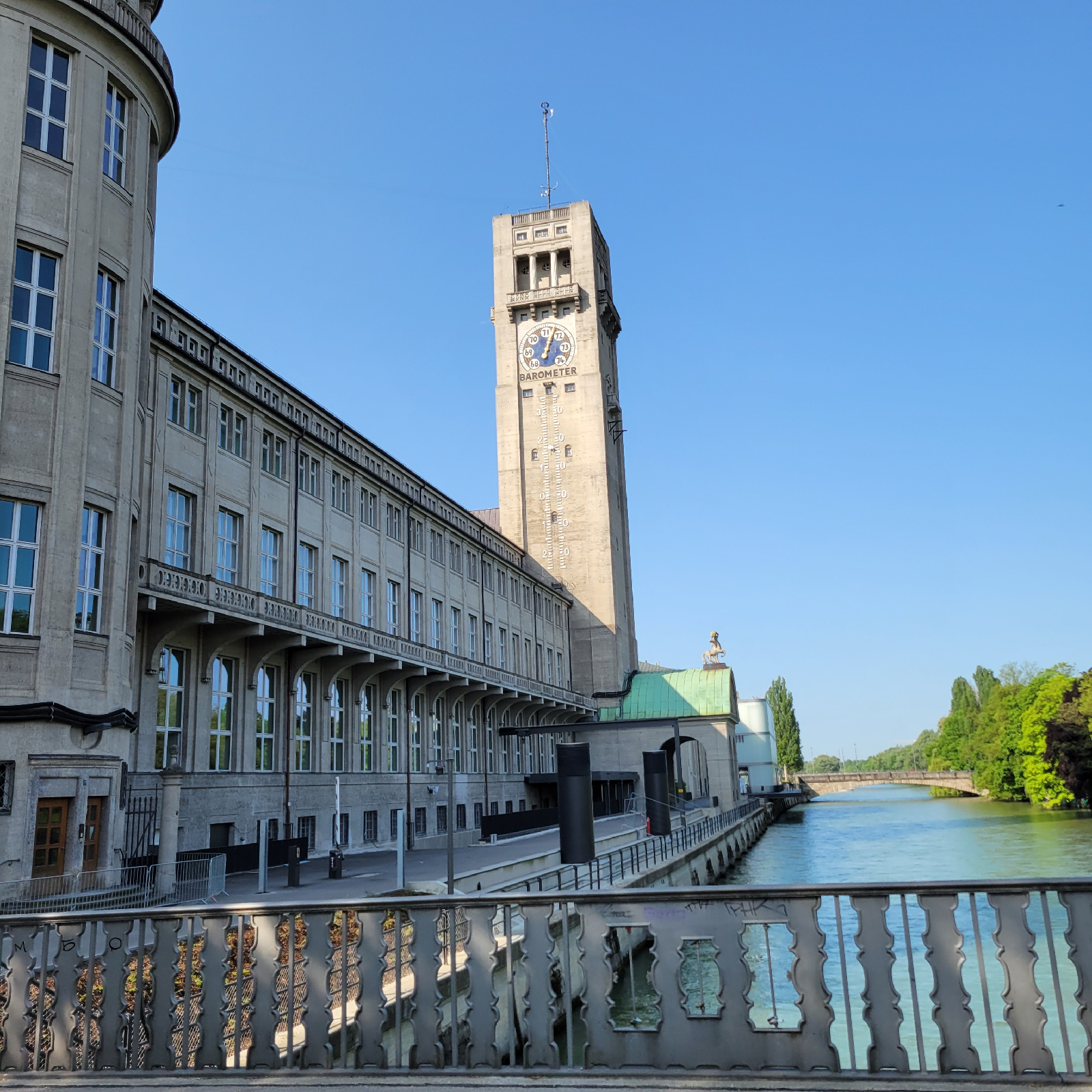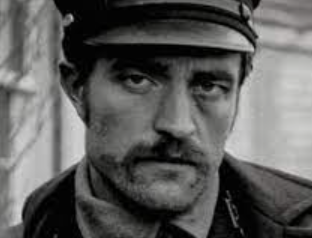Alex Miller
Our time at the Deuches Museum was incredibly interesting today. I see what you meant by one if the world's largest science museums, as I felt as if I could hardly take any time to let the information I was reading sink in as I went from exhibit to exhibit.
Our guide for the day, Alex, was incredibly charismatic and knowledgeable about his subject area. It's amazing how far charisma alone goes for engagement. Our first stop, which I'm considering as the history of the museum, was incredibly engaging as he mentioned that the Deuches Museum doesn't really describe anything in its name, and how it may just be a holdover from the time when Germany had prospects of being a global empire. The information concerning the 100,000 bombs left sitting in the German ground was incredibly sobering and made me consider our own possibilities for war in my lifetime. Especially when he said they've found some around the museum. That Americans were sending bombs that were intended to explode after a couple days was very horrifying, and particularly sickening to me given that soldiers would be under a false aire of security. I get that they were Nazis, but war is horrifying nonetheless.
Our guides information on the transistor was incredibly interesting to me as well. Given the prevalence and importance of semiconductors in our global economy, it strikes me as irresponsible that given me, three years in to college, I still do not fully understand what a semiconductor or transistor is, let alone how it works. This is saddening to me because of how important it is for U.S. current foreign relations, and how the fight with China over control of Taiwan hinges upon this. More than anything else, our guides tour taught me that my field is not a stand alone discipline. People often ask why they are required to take general education courses, and today I learned that I know virtually nothing about science and technology, despite how crucial it is to understand today's economy and political climate. How much of the real world am I missing by my lack of knowledge in fields other than my major? The same is true in the aspirin discussion, which flew completely over my head, but now I realize the necessity of understanding chemistry and science in order to create a fuller understanding for the world around me.
Lastly, the guides talk on concrete was incredibly fascinating to me, because he answered in such a simple way all of the questions that someone might ask about concrete? Why would someone use steel supports on a concrete structure? Concrete is brittle horizontally but strong vertically and steel is bendable vertically but strong horizontally. These two in tandem help to create a sounder structure that withstands force from all sides. What problems persist with the creation of cement? Sand needs to have sediment in it in order to have the grip it needs for cement, so it needs to be taken from beaches, not deserts. Additionally, cement construction requires a hefty amount of CO2 in order to produce, contributing a substantial amount to the global CO2 emissions total. Overall, I learned so much practical knowledge from our tour today.
I really enjoyed our tour and exploration of the Deuches Museum today! I hope I have more time to explore the coding exhibit, the agriculture room, and the photography section during our other free time for the aviation portion.




















































